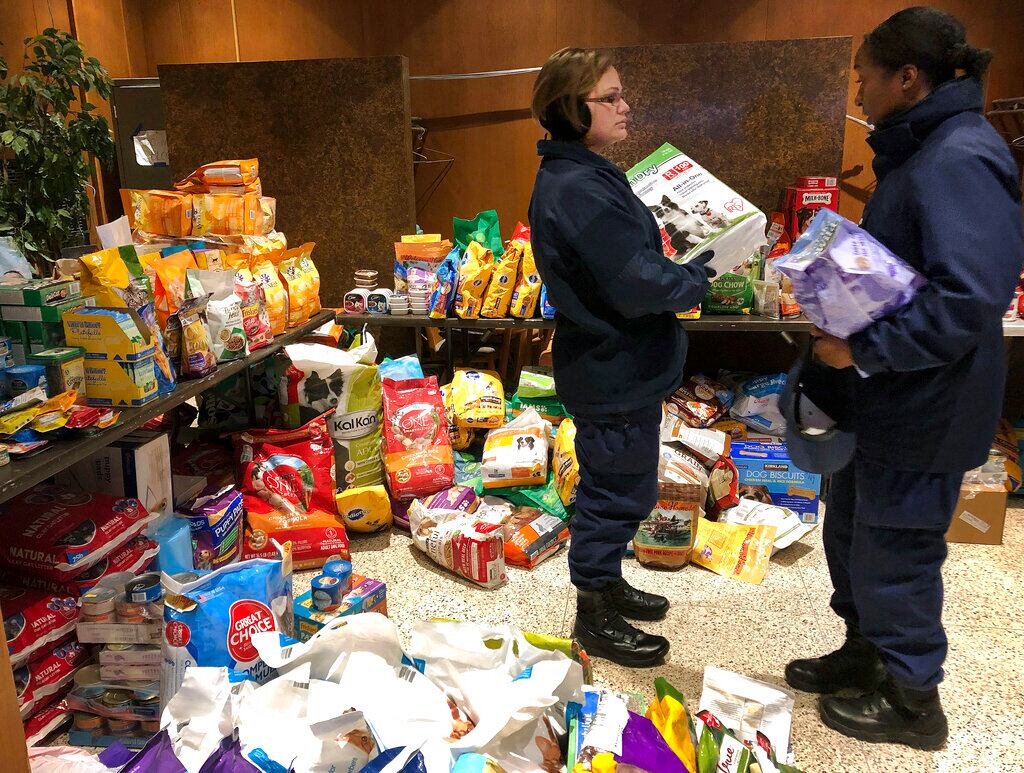The Air Force must stop relying on older aircraft. It needs to invest in cutting-edge platforms, Gen. Mark Welsh, the service's chief of staff, told Congress.
"The platforms and systems that made us great over the last 50 years will not make us great over the next 50 years," Welsh told a hearing of the Senate Appropriations Subcommittee on Defense.
Though the general did not mention the A-10 Thunderbolt II directly, the Air Force and Congress have butted heads over the possible retirement of the 40-year-old Warthog. The service has repeatedly tried to decommission the plane and shift its resources and maintenance personnel over to the new F-35 Lightning II.
But Congress isn't convinced the F-35 can fulfill the close-air support role, and in previous years' budgets has included language forbidding the Air Force from retiring the plane.
In the budget for fiscal 2017 released Tuesday, the Air Force relented and said it would not consider retiring the plane until 2022. The Air Force estimates it will cost $3.4 billion to keep the A-10 in service for the next five years.
Testifying before Congress on Wednesday to discuss the service's budget proposal, Welsh told lawmakers that the service must either start transitioning maintainers to the new fighter from other platforms, or receive funds to hire and train more airmen.
"We don't have 1,500 maintainers sitting around waiting for work to shift to the F-35," he said.
The service's efforts are better focused on upgrading and improving its fleet, rather than funding older aircraft, Welsh said. "The world is changing and the threat is changing and our Air Force must change with it," he said.
The Air Force's three major new platforms, the F-35 fifth-generation fighter, KC-46 Pegasus refueling tanker, and Long Range Strike Bomber, are "game changers," Welsh said, and must be where the service focuses its efforts.
"While they might be expensive, failing to push the strategic edge might put our nation at risk," he said.
Secretary of the Air Force Deborah Lee James said the president's budget proposal did not provide as much funding as the service had hoped for upgrades to existing platforms. "We could not afford the robust investment portfolio as we would prefer," she told the committee members.
Modernization is where the service had to make "some tough choices," James said.
In addition to deferring the purchase of five F-35s and three C-130Js planned for fiscal 2017, the Air Force had to delay improvements to fourth generation fighters, such as missile warning upgrades for the F-16, James said.
With some of the oldest planes in the history of the Air Force, however, it's rapidly not becoming a choice, the secretary said.
"We simply must modernize," James said.





